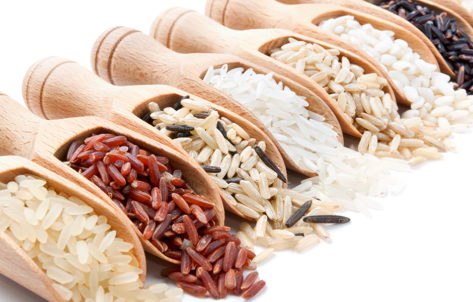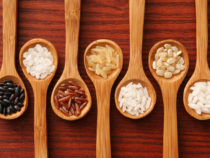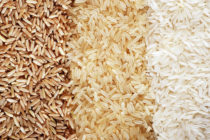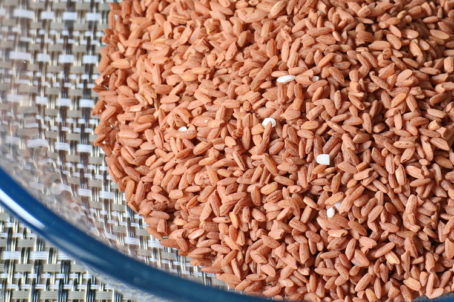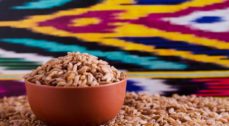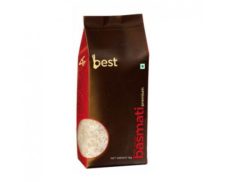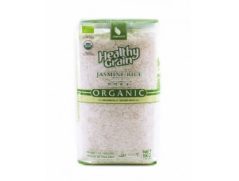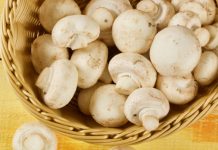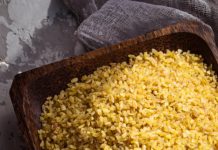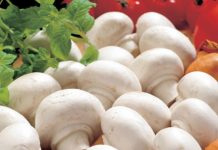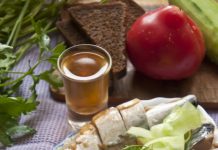This dish is known to everyone and everyone cooks it in their own way. But not always it turns out tasty and crumbly. The thing is that you need to know what rice is needed for pilaf, depending on the method of its preparation.
Material Content:
Types and varieties of rice
There are many varieties of rice, it is grown and eaten around the world. In addition, they are divided into some subgroups.
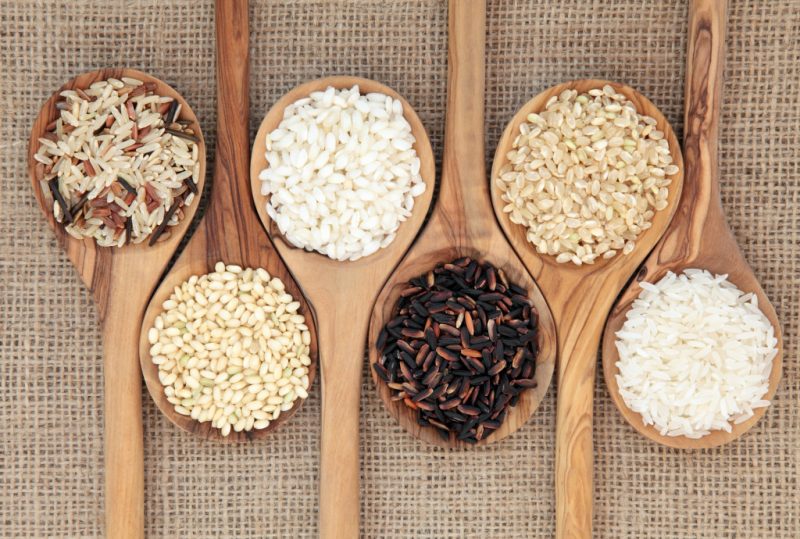
Types of rice by type of grain
- Long grain rice - oblong shape, up to 8 millimeters long. The color can be transparent, brown or white. It usually does not stick together during heat treatment and it turns out quite friable if the cooking technology is followed. The highest quality grains are long and transparent.
- Medium grain rice - this type of grain has a cross between a round and an oblong shape. They are mostly not very transparent, rather white, up to 6 millimeters in length. They need a lot of water, so the resulting mass is quite sticky. So that they do not stick together, you do not need to finish the rice to the end.
- Round grain rice - opaque, almost round in shape, short - up to 5 millimeters in length. Ideal for sushi and cereals, as it sticks together during cooking.
Types of rice for processing
- Brown - rice is practically not processed, it retains its bran shell. It is also called unpolished. Due to this, almost all useful and tasteful properties remain in it. It is considered the best cereal.
- White - The most famous species and the most commonly used. It boils quickly, is suitable for many dishes, but contains a lot of starch and loses its properties after processing.
- Steamed - rice, which is first washed, soaked, poured with steam, and then dried.This is a special technology due to which beneficial substances are transferred from the shell to the grain itself. In quality, it is not much inferior to brown rice. It is quite solid, boiled for about 25 minutes, but very tasty.
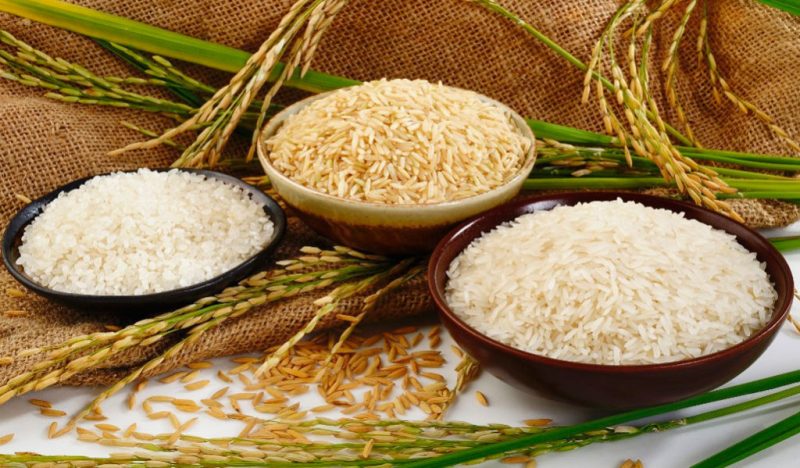
The most popular varieties
- Basmati or Thai - the most expensive and high-quality variety. His, and so long grains during cooking increase even more. It has many vitamins and a pronounced nutty flavor.
- Jasmine - rice does not boil, has a milky taste, it turns soft and crumbly.
- Wild rice - nutty smell, sweetish taste. A fairly expensive variety that is grown only in North America. The grains are long, shiny, cooked for a long time - about 40 minutes.
What rice is needed for pilaf?
Of course, there are a lot of types of grain and among this variety you need to find which rice is better to cook pilaf from. After all, not everyone is suitable for a dish.
Especially for pilaf there is one variety, it is called "Devzira". Due to its properties, it preserves the aroma as much as possible, can absorb a lot of water and gives the dish a special taste.
However, finding it in a store is not so simple. Therefore, you can take any other product on which there is a mark: for pilaf. If this could not be found, then it is worth paying attention to some nuances that will help make the right choice.
- If you want friable mass, then buy steamed rice, for example Basmati.
- Try to crack the grain, if it turned out very easily, then most likely you will get porridge, not pilaf. The grain must be hard.
- Do not take a round look, it is definitely not suitable for this dish.
- Pay attention to the behavior of the grain during cooking. If rice burns and does not increase in size, then next time do not take it.
- The product packaging should not contain broken grains or various debris.
For pilaf cooked in a cauldron
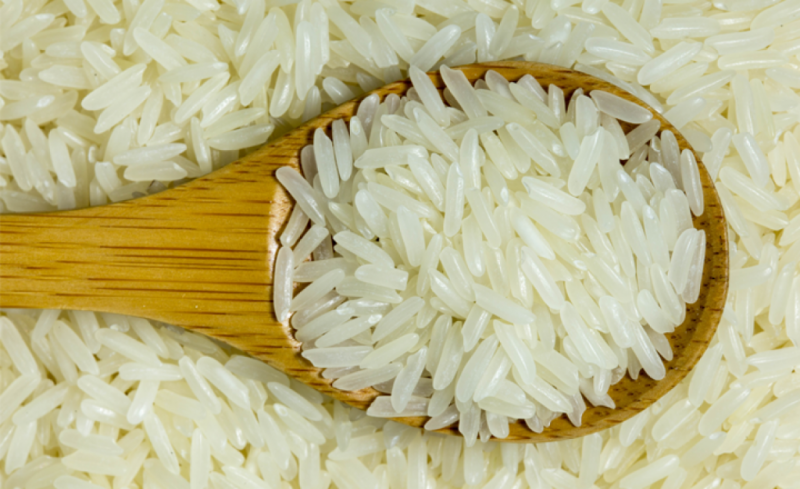
Grains should absorb moisture well, increase, but not digest and remain crumbly. Best prepared for cooking in a cauldron is Devzira, Basmati, or Jasmine.
Rice for pilaf in a slow cooker
As in the cooking variant in a cauldron, the same rice varieties are suitable for a slow cooker. But if you are not picky, then you can take others, the main thing is that the shape is not round, only long grains are used for pilaf.
For the recipe in the pan

Suitable or specially grown "Devzira" or any other hard variety. For example, brown or steamed. A soft and round version will turn the dish into porridge. Start from the nuances that you need to pay attention to when choosing rice.
Tasty recipe:how to cook chicken pilaf
Oven cooked pilaf
Any varieties that remain friable after heat treatment. For example, Super Basmati, any steamed rice or Jasmine.
Rules for processing rice before cooking
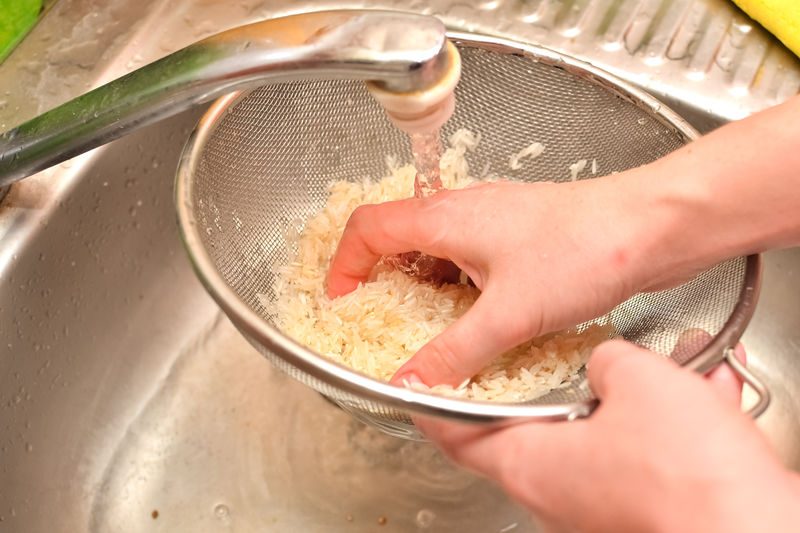
In order to get a really tasty and real pilaf, it is not enough just to choose the right variety, it is also very important to process it.
- Rinse the grains well, if necessary, fill them with warm water, but only purified, and not from the tap, and leave for several hours.
- Before spreading into a container, be sure to drain so that there is almost no liquid left.
- Do not make the heating temperature more than 80 degrees, then it will certainly turn out friable, since starch is converted to glucose.
Rice to water ratio for pilaf
The key to good and proper pilaf is the ratio of water to product. So that as a result, he does not start to stick, stick to the bottom, or vice versa it turns out to be too soft like porridge, due to a large amount of liquid.
Of course, the exact proportion does not exist, because in the world there are many recipes for this dish and in each country it is prepared in its own way, laying out as many products as you need in this case.

If we talk about the Uzbek pilaf, then the ratio is exactly 1: 1. How much you take dry product, the same should be water. But this is only if the rice was previously washed and soaked in warm water for a while. If you did not, then the amount of fluid will have to be doubled. For example, if a glass of grains is taken, then two glasses will already leave the water.
When cooking another type of pilaf, there may be a completely different ratio, in addition, the presence of meat, carrots, onions and other vegetables plays an important role, as well as in what dishes it will be made and at what temperature.


